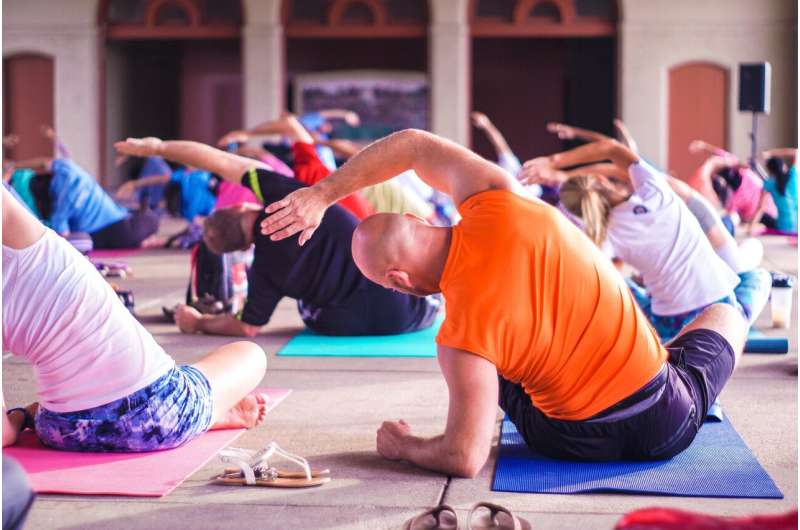Are Weighted Vests Safe? Expert Warns of Hidden Risks

Discover the potential risks and benefits of using weighted vests in your workouts. Experts warn that improper use can lead to injuries, emphasizing safety and personalized fitness approaches.
Weighted vests have gained popularity among middle-aged women and fitness enthusiasts, often promoted on social media as a quick way to enhance calorie burning, build muscle, and strengthen bones. However, many experts advise caution, emphasizing that these workout accessories may pose significant health risks.
The use of weighted vests originated in military training and athletic conditioning, designed to increase resistance for strength and endurance improvements. Today, they are widely available, ranging from $40 to $300, and are worn during activities like walking, jogging, and other low-impact exercises. These vests typically add between 3 to 50 pounds of weight, intended to amplify the physical workload.
UF exercise science expert Dr. Benjamin Gordon highlights that while adding weight can increase calorie expenditure, it also places additional stress on joints. "The main benefit is increasing the overall load, which results in burning more calories and resistance training," he explains. "But the risk is that this extra load can also lead to injuries, especially when performing repetitive activities like walking or jogging, which can involve thousands of steps."
Historically, weighted vests have been used by the military and athletes to boost strength and endurance. In recent years, they’ve become popular among middle-aged and older women, particularly those experiencing perimenopause or menopause. Despite their appeal, experts warn that improper use or overloading can cause joint problems, osteoarthritis, and other injuries.
Dr. Gordon advises that proper technique is crucial because body weight exercises like squats are generally manageable even when performed poorly. However, loading this movement with additional weight exponentially raises injury risk. He recommends that individuals with pre-existing joint issues, obesity, or metabolic conditions avoid these vests altogether, as exercise should always be tailored to an individual's health profile.
For those still interested in using weighted vests, Gordon suggests focusing on efficiency and enjoyment: "If your goal is calorie burning, low-intensity cardio with a vest isn’t the most effective method. Increasing exercise duration, elevating intensity, or adding incline can be better approaches." He emphasizes the importance of choosing activities one enjoys, which encourages consistency and maximizes caloric burn.
In summary, while weighted vests can enhance workout resistance, they should be used thoughtfully and cautiously. Starting with light weights and gradually increasing, combined with proper technique and individual health considerations, is essential to avoid injuries. The key message is to prioritize safety and personal enjoyment in fitness routines to achieve sustainable results.
Source: https://medicalxpress.com/news/2025-09-weighted-vests-safe-expert-hidden.html
Stay Updated with Mia's Feed
Get the latest health & wellness insights delivered straight to your inbox.
Related Articles
Do Compression Tights and Tops Enhance Exercise Performance and Recovery?
Learn whether compression tights and tops truly enhance exercise performance and aid recovery, supported by scientific research and expert insights.
Exercise Shows Promise in Easing Symptoms for Chronic Lymphocytic Leukemia Patients, But Support and Guidance Are Lacking
New research reveals that physical activity can significantly improve quality of life for chronic lymphocytic leukemia patients, though personalized guidance and structured programs are currently lacking. Learn why tailored exercise support is essential for symptom management and well-being.
Weekend Workout Routine Linked to Lower Cardiovascular Risk in People with Diabetes
Engaging in weekend physical activity sessions can significantly reduce the risk of cardiovascular mortality in adults with diabetes. A large cohort study highlights the health benefits of flexible exercise routines.



